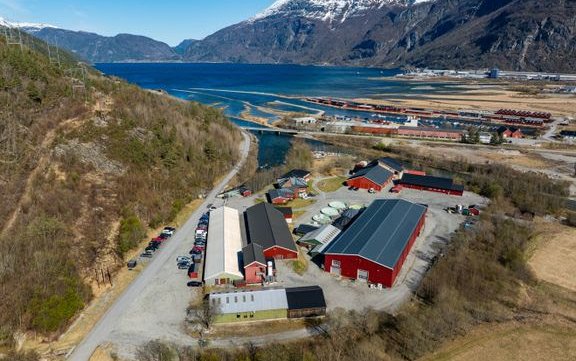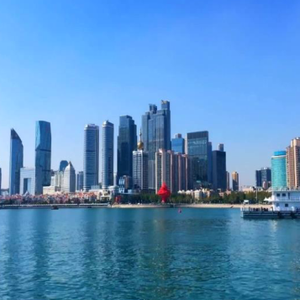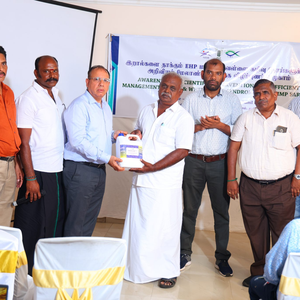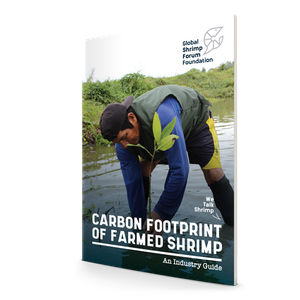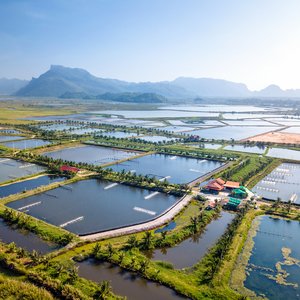Good smolt is the key to successful salmon farming. Should it grow big on land to perform better in the sea? At the conference The future of smolt production, that will take place from October 16-17 in Norway, a thorough review of the latest knowledge in the field will be discussed.
The conference, which is known for addressing smolt production in recirculating aquaculture systems (RAS) and closed facilities in the sea, is organized by Nofima and Sunndal Næringsselskap at Sunndasløra, on the western coast of Norway.
New debate this year
This year, the conference will be opened by the Norwegian Minister of Fisheries and Ocean Policy, Marianne Sivertsen Næss. The industry leaders will follow it up with their insight into what is required to succeed with smolt production. One of the highlights will be a debate on how policy, industry and research can work together to reduce mortality in the sea. Is large smolt a part of the solution?
“The conference started in 2008 when the Norwegian industry gained renewed interest in recycling water in aquaculture. At the same time, research into this field accelerated. Now, in 2024, we know much more about what works for salmon welfare, both from research and practical experience. At the conference, we will share this insight, and I believe this is one of the best arenas for gaining a realistic understanding of where we stand today and which path we should take next,” said committee chair Trine Ytrestøyl and senior scientist at Nofima.
It is also new that there is a separate session on feed and feeding in RAS, about the importance of water quality and fish health. Senior scientist Bente Ruyter from Nofima is one of the presenters in this session.
"In our research, we compare two feeds in flow-through systems and RAS, and then we can see interesting interaction effects. As far as I know, this is the first time someone has looked at how omega-3 affects the health of salmon in two different production systems," said Ruyter.
New knowledge
Ytrestøyl highlights other research areas where attendees can expect new research results.
Managing the environment is one of the benefits of closed systems, but how do we optimize it for the welfare of the fish? Tom Ole Nilsen from the University of Bergen and Marius Takvam from NORCE will give us deeper insight into how the light regime in the hatchery phase affects the fish's physiology, especially with regard to kidneys, intestines and osmoregulation.
Nofima is also hosting three scientists from the Freshwater Institute (USA), a longstanding collaborative partner in the area of RAS salmon production research. They will present on a broad range of topics including novel precision aquaculture technologies, the use of biomonitors to assess salmon stress, and water quality management and optimization in recirculation systems.
“Among other things, our research utilizes computer vision and artificial intelligence to increase operational efficiency in RAS facilities, and we very much look forward to presenting our latest precision aquaculture innovations to the participants at the conference at Sunndalsøra,” said Chris Good, director of Research at Freshwater Institute.
A final question will be: Are we operating too intensively? Anja Striberny from Nofima will present data from different temperature regimes in RAS and flow-through facilities that can provide an indication.
“Whoever comes, will see,” said Ytrestøyl. She hopes for great participation from all parts of the industry, including international players, because this is a global issue with roots in Norwegian conditions. Find more information here.


